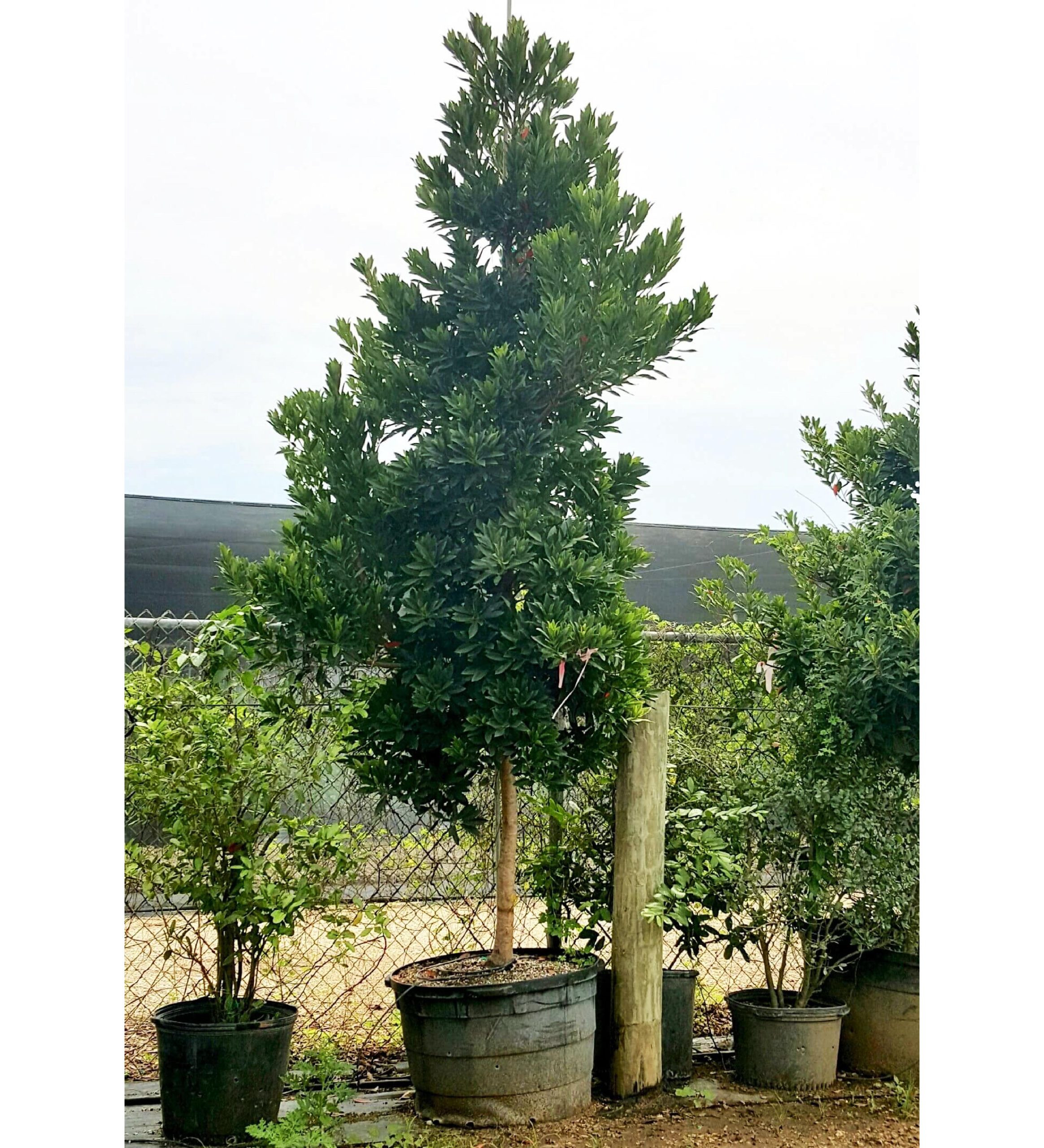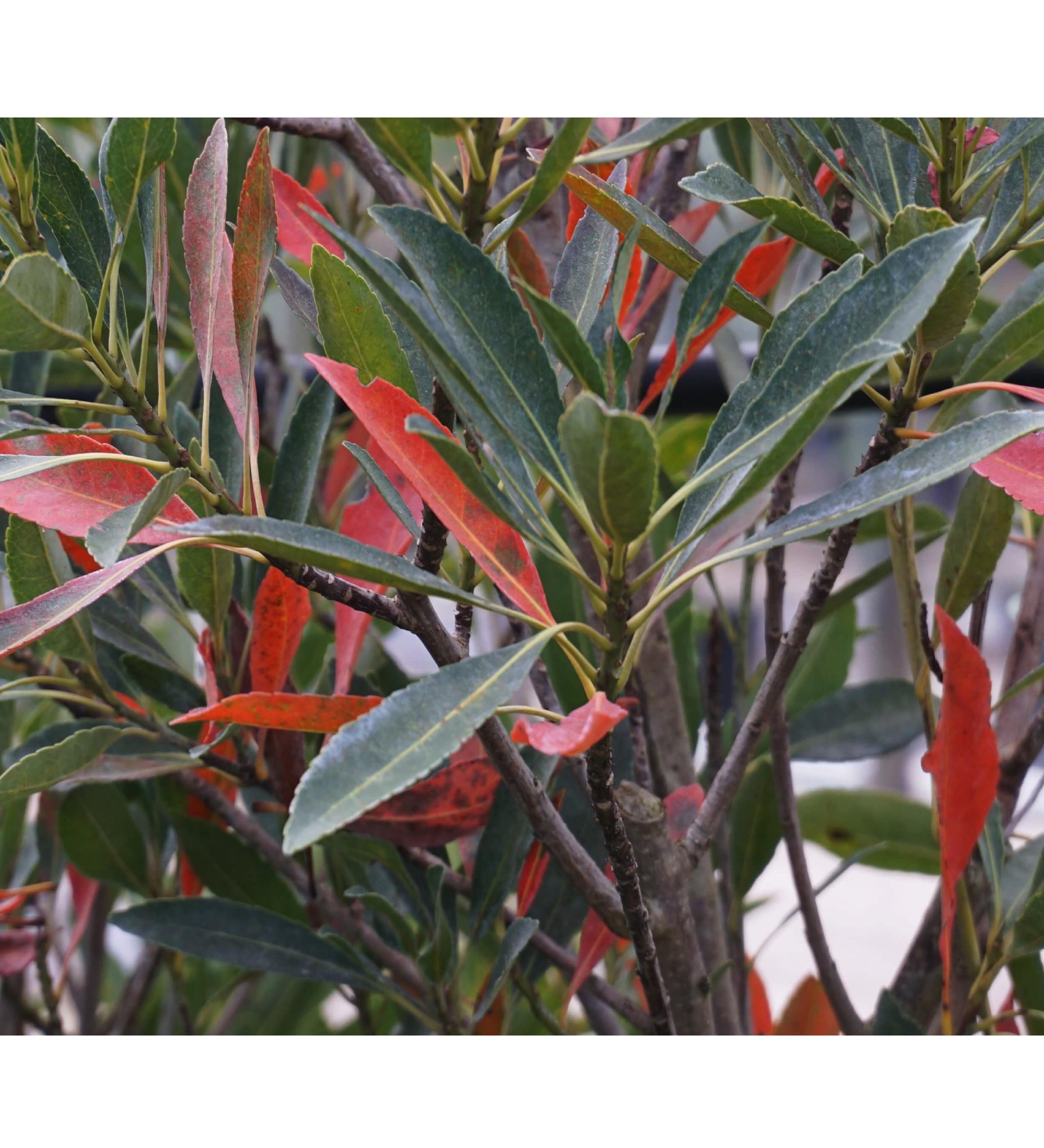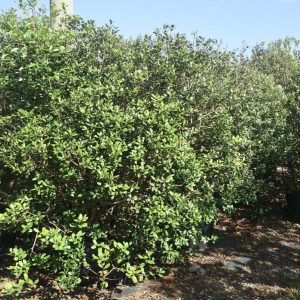Description
Elaeocarpus Decipiens Tree Description
The Elaeocarpus Decipiens (Japanese Blueberry) tree takes its common name in part from its Asian origin. This tree can reach 40 to 60 feet in height, but typically considerably less in cultivation. The bark is brown with lens-shaped spots. Additionally the tree develops a conical crown of evergreen, alternate, simple obovate leaves 3 to 5 inches long by 3/4 – 1 1/2 inches wide, dark green above lighter green beneath. And the new leaves are bronze color. When the tree ages the tend to turn yellow-orange to red.
Moreover, the flowers are small, fragrant, and white to greenish in color, hidden among the leaves. While the fruits are small, blue-black, olive-like, and showy. Flowers attract birds and the tree is grown from seed.
Japanese Blueberry Tree Cultivation and Landscape Applicatios
In cultivation, Japanese Blueberry tree does best in rich well-drained soils with adequate moisture. It has no reported pest or disease problems.
In landscaping, Elaeocarpus Decipiens tree is a desirable ornamental tree because of its lustrous green foliage, especially the bronze new leaves, and its contrasting blue-black fruits. The fruits can be messy on sidewalks. In addition to its use as a specimen or accent tree in parks and gardens, Japanese blueberry can also be allowed to produce multiple trunks and be pruned as a large privacy hedge.
🌳Other popular and beautiful plants: Japanese fern tree.










